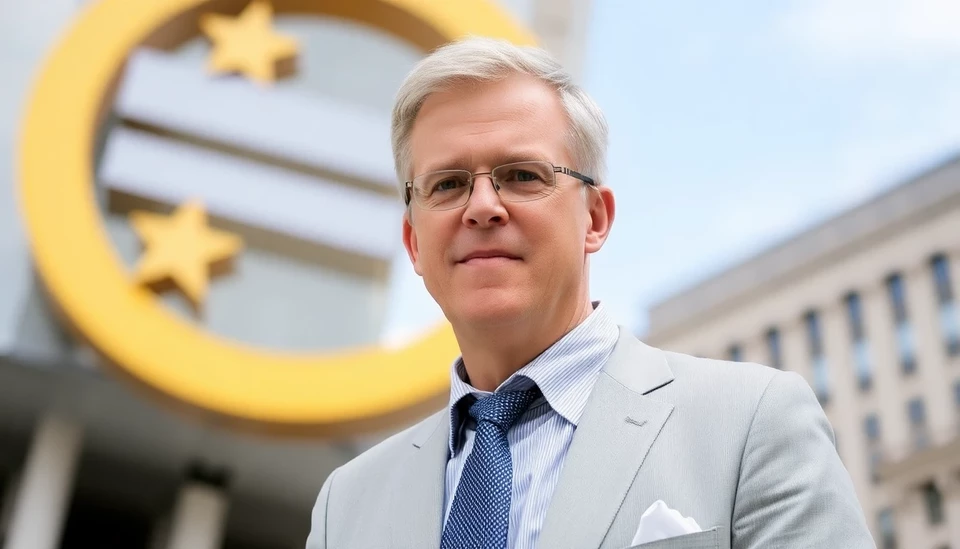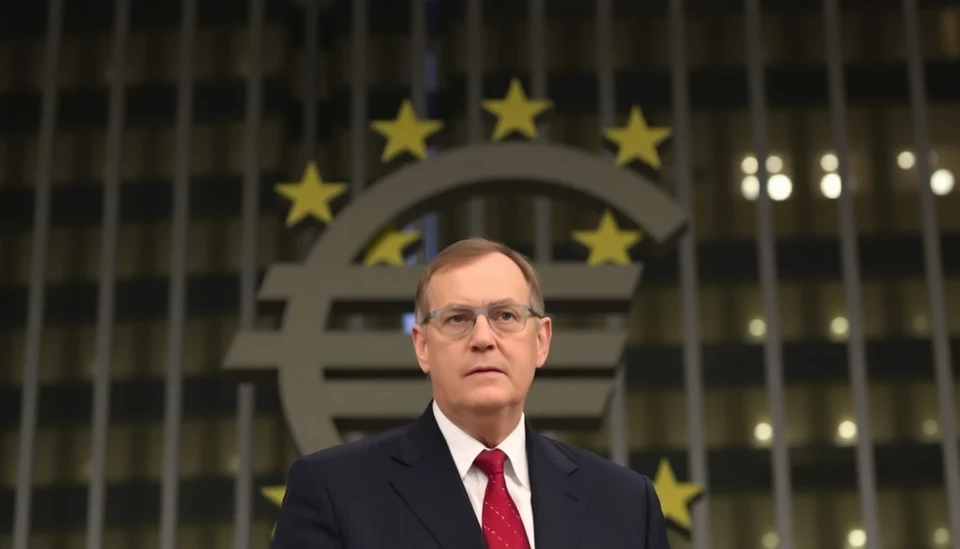
In a significant development within the European financial landscape, the call for the European Central Bank (ECB) to consider a reduction in interest rates has gained substantial momentum. ECB officials, led by prominent member Cipollone, expressed growing concerns over the economic climate, emphasizing the necessity to explore potential rate cuts as a response to current market conditions.
Cipollone’s remarks come amidst an unfolding economic situation marked by persistent low inflation rates and sluggish growth. Analysts and economists have been closely monitoring the ECB’s movements, particularly as Europe grapples with the lingering effects of global economic disruptions. The rising cost of living and pressure on businesses have intensified debates surrounding monetary policy sustainability.
The central bank, which has historically responded to economic turbulence with interest rate adjustments, may now find itself at a crossroads. The call from Cipollone highlights the urgent need for pragmatic solutions that cater to both monetary stability and growth stimulation in the eurozone. Observers are keenly aware that a proactive approach could mitigate the adverse impacts of economic stagnation.
In recent statements, Cipollone indicated that the argument for a rate cut has strengthened, suggesting that current economic indicators warrant a reassessment of the ECB's strategy. By lowering interest rates, the bank could provide much-needed liquidity into the market, incentivizing borrowing and investment, which are crucial for economic recovery.
However, the implications of such a decision are complex. While rate cuts could spark increased economic activity, they also run the risk of exacerbating inflationary pressures if inflation expectations shift unpredictably. Policymakers at the ECB will need to weigh these factors carefully when determining the timing and extent of any potential rate adjustments.
Market reactions to Cipollone's comments have been mixed. Investors are cautiously optimistic about the potential for a more accommodating monetary policy, but uncertainties surrounding the broader economic outlook cast a shadow on immediate enthusiasm. As such, the ECB stands at a pivotal moment, where its choices could shape the financial future of the entire eurozone.
As speculation continues to swirl, all eyes will be on the next ECB meeting, where officials may provide further insights into their monetary policy stance. The expectation is that they will clearly communicate their plans and justify the rationale behind any adjustments to avoid market volatility.
In conclusion, Cipollone's strong conviction for potentially slashing interest rates presents a critical juncture for the ECB. Stakeholders will be eager to see how the ECB navigates these turbulent economic waters in the months ahead, ensuring stability while fostering growth within an increasingly unpredictable global economy.
#ECB #InterestRates #EconomicGrowth #Cipollone #MonetaryPolicy #Eurozone #FinancialStability #MarketTrends #Inflation #EconomicChallenges
Author: Daniel Foster




